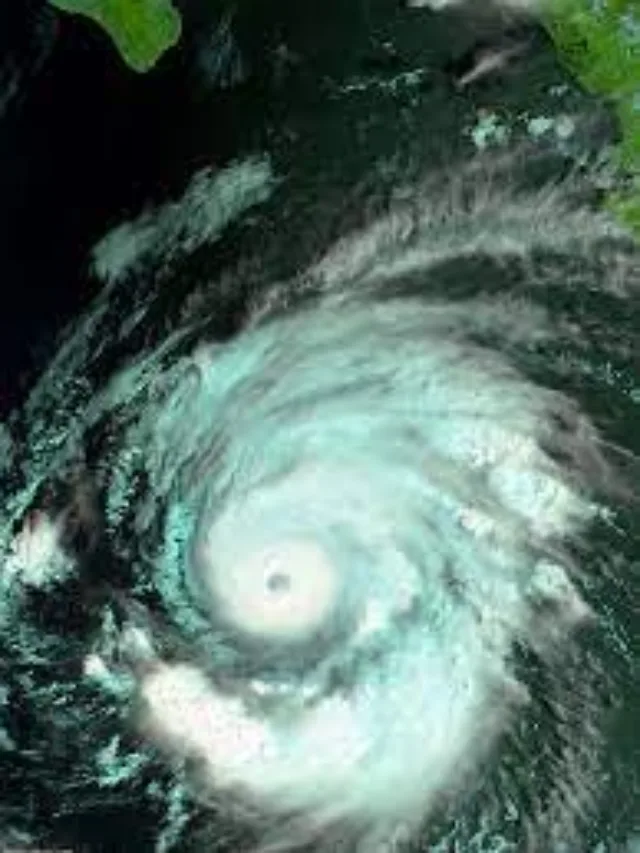Tropical Storm Hilary, the 8th named typhoon of this 12-month Eastern Pacific typhoon season, was unexpectedly intensifying and is expected to bring heavy rain to elements of Mexico and the Southwestern United States this weekend.

According to the National Hurricane Center, the storm had sustained winds of 70 miles per hour and higher gusts as of Thursday morning. Tropical disturbances are given names when they have sustained winds of 39 mph. A storm turns into a hurricane once winds hit 74 mph, and a major hurricane at 111 mph.
What is a Cyclone?

The term “cyclone” is defined in meteorology as. a system of winds that rotates counterclockwise in the northern hemisphere
and clockwise in the southern hemisphere, moving toward a region of low barometric pressure.
There are different types of cyclones and they are:
- Tropical cyclone.
- Polar cyclone.
- Mesocyclone.
- Extratropical cyclone.
Tropical cyclone
A warm-core low-pressure system without a front that forms over tropical or subtropical waters and has a well-organized circulation is called a tropical cyclone. These include typhoons and hurricanes.

polar cyclone
Low-pressure areas that are permanently enmeshed in polar air masses are known as polar cyclones. At latitudes above the subtropical jet stream is where the stratospheric polar vortex forms. Most polar vortices are fewer than 1,000 kilometers (620 mi) in diameter horizontally.

Mesocyclone.
A mesocyclone is an air vortex within a convective storm that has a diameter of between 2 and 10 miles. Usually, in the same direction as low-pressure systems, air rises and rotates along a vertical axis in a mesocyclone. They are most frequently connected to a specific area of low pressure during a powerful thunderstorm.

Extratropical cyclones
Extratropical cyclones are synoptic-scale low-pressure systems that form in the middle of the hemisphere in both directions and are characterized by intense precipitation, storm surges, extremely strong winds, and an increase in sea level and waves.

who decides the name of cyclones in the world?
It is customary for the name list to be recommended by the National Meteorological and Hydrological Services (NMHSs) of WMO Members in a particular region and approved by the relevant tropical cyclone regional organizations at their annual/biannual meetings.









